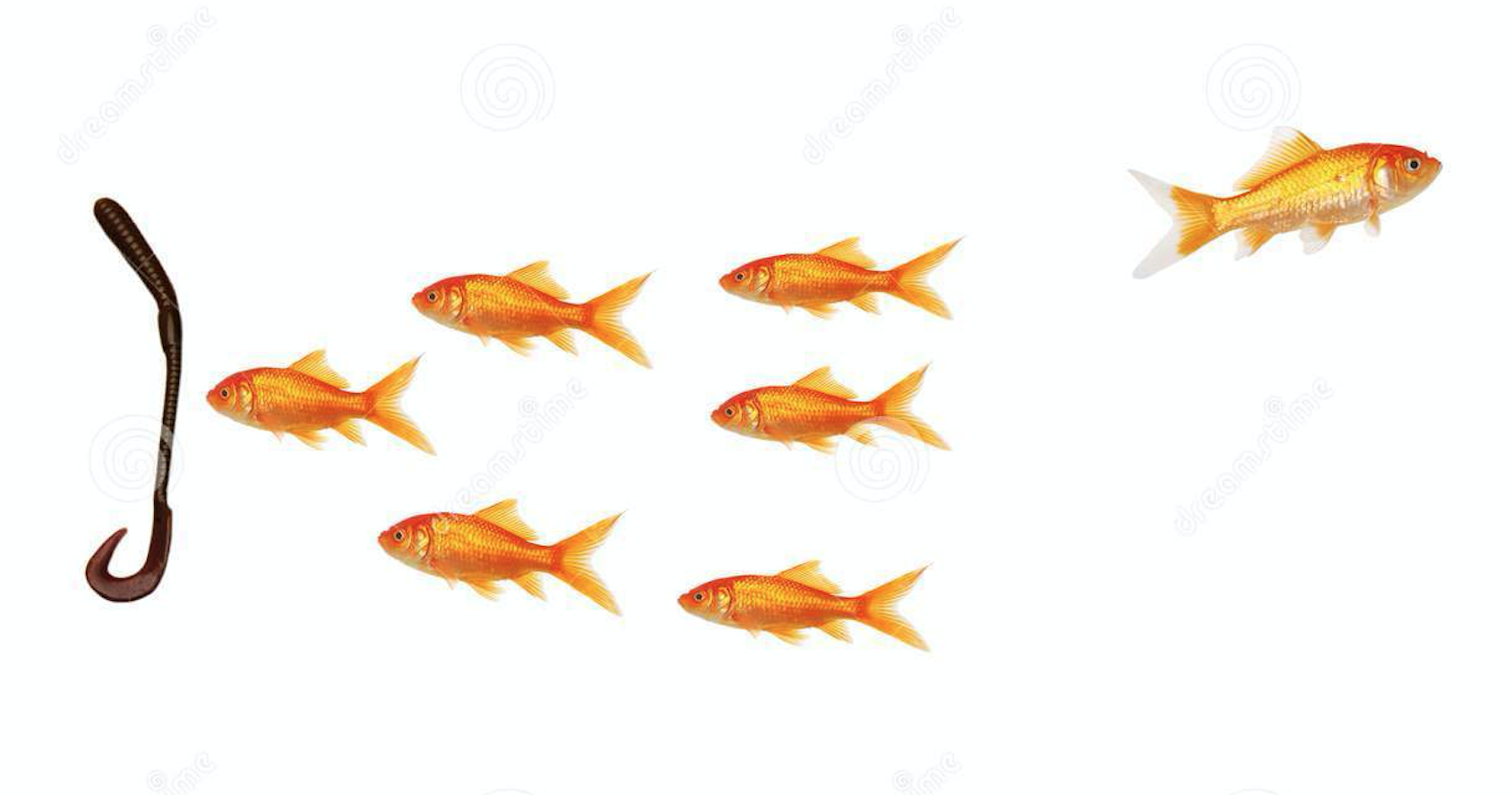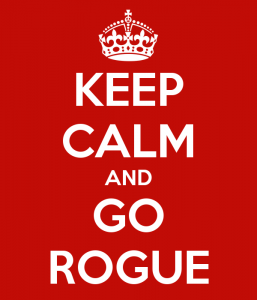We originally wrote the following blog post last winter, and were thrilled it was picked up by The Huffington Post on March 27, 2017.
What’s your Corporate Climate like?
Before you answer that, let’s just make sure we’re on the same page with respect to the use of the term “climate.”
We aren’t talking about the temperature in your office, or whether it’s really dry from the winter cold, or whether there aren’t any blinds on the west-facing windows so it’s unbearable on summer afternoons.
Rather, we are talking about an alternate definition provided by the Merriam Webster dictionary: “the prevailing influence or environmental conditions characterizing a group.”
What Defines a Corporate Climate?
We define the Corporate Climate as the synergistic effect of all the things that influence how, how well, and what work gets done in your organization. This includes things like:
- People: There may be people who have influence over others at any level of the organization; it could be the CEO, an administrative assistant, a manager, or a new hire. If that person has a presence that influences (positively or negatively) other people, then he or she is shaping your Corporate Climate.
- Policies & Processes: There may be policies & processes that are outdated and confusing, or relevant and useful. Some may be formally documented, and others may have evolved over time. Either way, they are impacting the quality of the work that is done.
- Traditions: Do you hear the phrase “We’ve always done it this way” a lot in your organization? It could be a good thing (We’ve always had a company picnic and included all the families”) or a not-so-good thing (“We’ve always done this manually”). These traditions are a huge part of the Corporate Climate because they influence how and how well work is done.
- Values: Does your organization have a values statement? Is it recent? Do leaders demonstrate those values and are people held accountable to them? Those values (or lack thereof) impact the Corporate Climate because they influence the way employees and customers engage with the organization.
Why You Should Care
Your organization’s Corporate Climate has a direct and measurable impact on the bottom line.
That’s it. That’s all you need to know.
Oh, you’d like to know how it impacts the bottom line? Ok.
The Corporate Climate influences employee engagement, which causes your team members to:
- Wake up to the day’s most important news.
- Stay or quit,
- Do high quality work or the bare minimum,
- Work as a high performing team or do their own thing,
- Treat each other respectfully or tolerate incivility, and
- Speak well of their organization or trash it.
Gallup Research consistently shows that employee engagement is an important predictor of corporate performance, even in a tough economy. They say, “engaged workers have bought into what the organization is about and are trying to make a difference.”
The Corporate Climate also influences the consistency, efficiency, and effectiveness of your products and services which:
- Causes customers to love you or hate you,
- Adds or reduces your sales and expenses, and
- Improves or reduces your level of employee engagement.
So, a positive Corporate Climate = a strong bottom line.
It’s Not Easy, But It’s Possible
Creating a positive, vibrant, and successful Corporate Climate is not easy, and yet – it’s possible!
Step One: Assess your Corporate Climate of your team, department, or the whole company. Consider the four categories we discussed:
- People: How is our employee engagement? Do we have people that are positively or negatively influencing the Climate? Do we promote or coach those people accordingly?
- Policies & Processes: When was the last time our policies were updated? What do we expect from our people? How do we treat them and each other? Do we have documented business processes? How long ago were they examined? Could we do better? Be more efficient?
- Traditions: Are our traditions entrenched in the right areas and challenged in others? What high level traditions do we share and talk about? Do we know what traditions exist at the team level? Do those traditions represent what we are trying to do at the Corporate level?
- Values: Would our employees be able to state what we value as an organization? Would our customers agree that we demonstrate our values? Have we ever defined what we value?
Step Two: Which of the areas above is the most pressing? Engage people in answering that question, and brainstorm some different answers and impacts.
Step Three: Start with one thing. Measure how it is now, take some focused action, and measure it again in six months. If there’s no change, go back to step two!
Your Corporate Climate is important. Take some time to assess yours today.


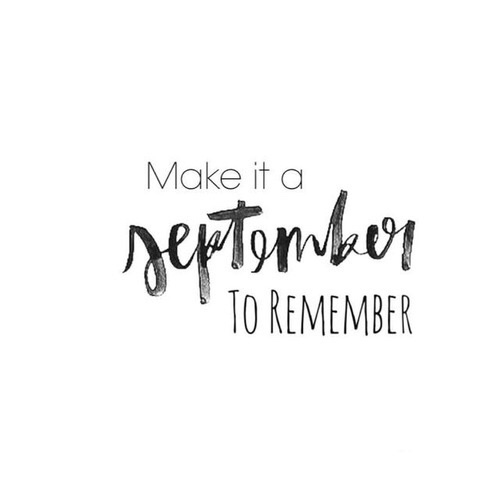



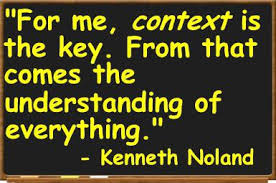
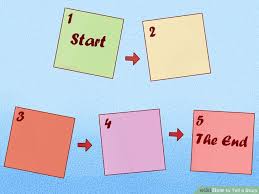 yone to do their best work. It’s up to you to provide the back story and to not just drop people into Chapter 13, expecting them to know how you want the story to turn out.
yone to do their best work. It’s up to you to provide the back story and to not just drop people into Chapter 13, expecting them to know how you want the story to turn out.



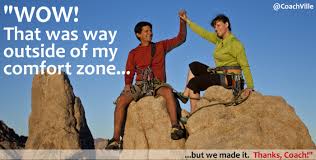

 Hmm. Interesting. Not sure I knew that explicitly. Thank heavens for the interweb. Either way, the day off in the middle of summer where I always go to a cottage got me thinking about being Canadian and office culture.
Hmm. Interesting. Not sure I knew that explicitly. Thank heavens for the interweb. Either way, the day off in the middle of summer where I always go to a cottage got me thinking about being Canadian and office culture. I went into Lumbergh’s (not his real name…but there is a movie reference here) office and said: “I made an error in the system. This money is coming out of this years budget, not last years. This is how I’m going to fix it so this never happens again. I’m SO sorry.” Lumbergh turned beet red with rage, and then immediately resumed his natural “public service pale,” and said – “thanks for owning up to it, not making excuses about the system, and for your apology. Let’s move on”. Now, I wasn’t normally a fan of Lumbergh, but in that moment I could’ve hugged him.
I went into Lumbergh’s (not his real name…but there is a movie reference here) office and said: “I made an error in the system. This money is coming out of this years budget, not last years. This is how I’m going to fix it so this never happens again. I’m SO sorry.” Lumbergh turned beet red with rage, and then immediately resumed his natural “public service pale,” and said – “thanks for owning up to it, not making excuses about the system, and for your apology. Let’s move on”. Now, I wasn’t normally a fan of Lumbergh, but in that moment I could’ve hugged him. Don’t say sorry when you are late for the 100th meeting in a row. You clearly aren’t sorry because you aren’t fixing your complete lack of respect for others’ time.
Don’t say sorry when you are late for the 100th meeting in a row. You clearly aren’t sorry because you aren’t fixing your complete lack of respect for others’ time.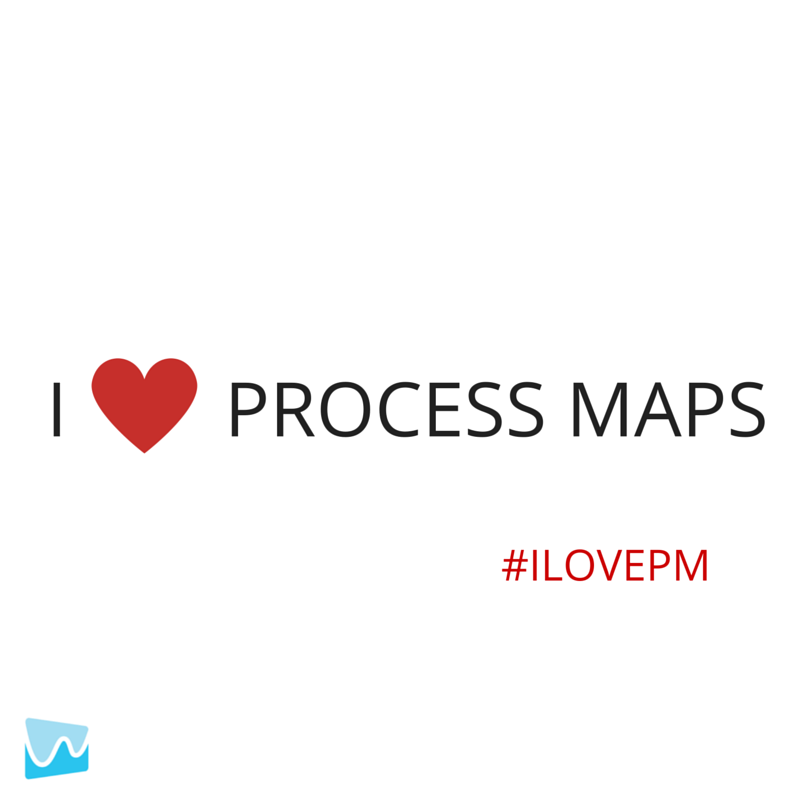

 3 Signs You Need Process Mapping STAT!
3 Signs You Need Process Mapping STAT!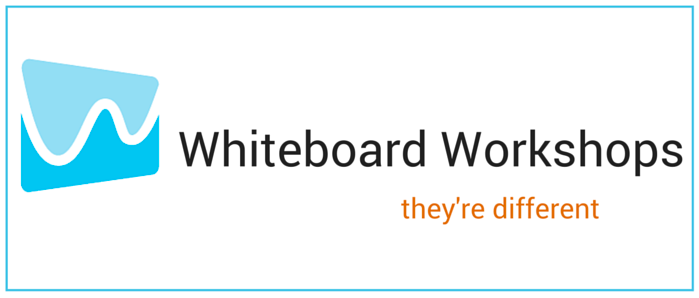
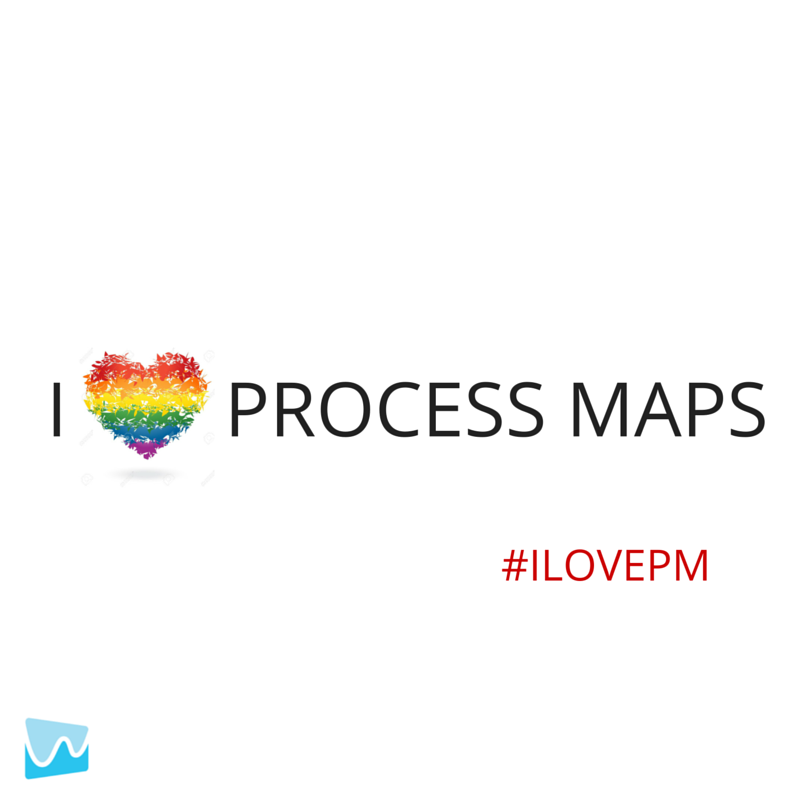
 Process Mapping is awesome and fun and helpful and easy and so amazing, right?
Process Mapping is awesome and fun and helpful and easy and so amazing, right? Whiteboard Workshop: Introduction to Process Mapping
Whiteboard Workshop: Introduction to Process Mapping